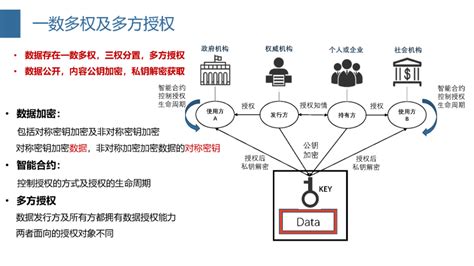区块链工程技术专业学什么
Exploring Three Distinct Directions in Blockchain Technology
Blockchain technology, despite its relatively recent emergence, has rapidly evolved into a multifaceted field, with various directions and applications. Here, we delve into three primary directions in blockchain technology and highlight their key differences:
1. Public Blockchain:
Definition:
Public blockchains are decentralized networks where anyone can participate, transact, and maintain the ledger without requiring permission. Examples include Bitcoin and Ethereum.Key Characteristics:
Decentralization:
No single entity controls the network, making it resistant to censorship and tampering.
Transparency:
Transactions are visible to all network participants, promoting trust and accountability.
Security:
Consensus mechanisms like Proof of Work (PoW) or Proof of Stake (PoS) ensure the integrity of the ledger.
Accessibility:
Anyone can join and interact with the network without needing approval, fostering inclusivity.Use Cases:
Cryptocurrencies: Digital assets like Bitcoin and Ethereum serve as mediums of exchange, store of value, and investment vehicles.
Decentralized Finance (DeFi): Smart contracts enable various financial services such as lending, borrowing, and trading without intermediaries.
Tokenization: Assets like real estate, art, and intellectual property can be represented as tokens and traded on public blockchains.
2. Private Blockchain:
Definition:
Private blockchains are permissioned networks where access and participation are restricted to specific entities or individuals. Examples include Hyperledger Fabric and Corda.Key Characteristics:
Permissioned Access:
Participants must be authorized, enhancing privacy and control over the network.
Scalability:
Typically, private blockchains offer higher throughput and faster transaction processing compared to public counterparts.
Confidentiality:
Transactions and data may be encrypted or accessible only to authorized parties, ensuring privacy.
Governance:
Network rules and consensus mechanisms can be tailored to suit the needs of the participants.Use Cases:
Supply Chain Management: Tracking and tracing goods, ensuring authenticity, and streamlining logistics processes.
Enterprise Solutions: Managing records, contracts, and transactions securely within organizations or consortiums.
Identity Management: Verifying identities, credentials, and permissions while preserving privacy and security.
3. Consortium Blockchain:
Definition:
Consortium blockchains are semidecentralized networks governed by a group of trusted entities or organizations. Examples include R3 Corda Enterprise and Quorum.Key Characteristics:
Selective Participation:
Membership is limited to a predefined set of entities, often with shared interests or objectives.
Shared Control:
Governance structures are established among consortium members, enabling collaborative decisionmaking.
Interoperability:
Consortium blockchains may interact with other networks, facilitating data exchange and interoperability.
Efficiency:
By pooling resources and expertise, consortiums can develop and deploy blockchain solutions more efficiently than individual entities.Use Cases:
Trade Finance: Streamlining crossborder trade, reducing paperwork, and enhancing transparency and trust among multiple stakeholders.
Healthcare: Securely sharing patient data among healthcare providers while maintaining compliance with regulations like HIPAA.
Legal and Compliance: Managing contracts, regulatory compliance, and auditing processes among legal firms, regulators, and industry players.
Conclusion:
While all three directions—public, private, and consortium blockchains—leverage the core principles of blockchain technology, they cater to different use cases, stakeholders, and requirements. Understanding these distinctions is crucial for organizations and individuals seeking to harness the potential of blockchain technology effectively. Whether aiming for transparency and inclusivity on a global scale, privacy and control within closed ecosystems, or collaboration and efficiency among trusted partners, there's a blockchain solution tailored to meet diverse needs and objectives.











